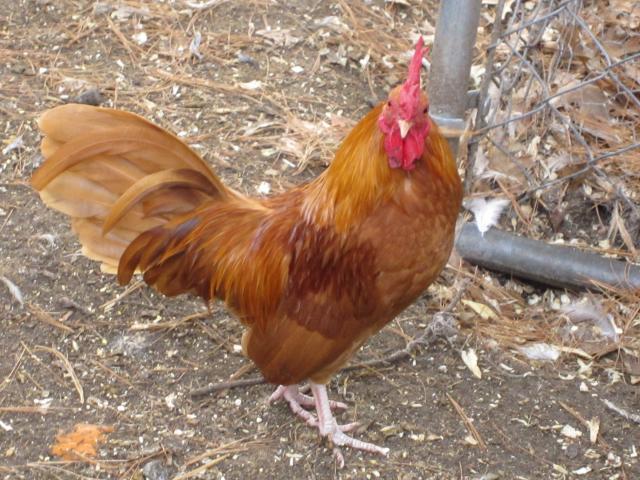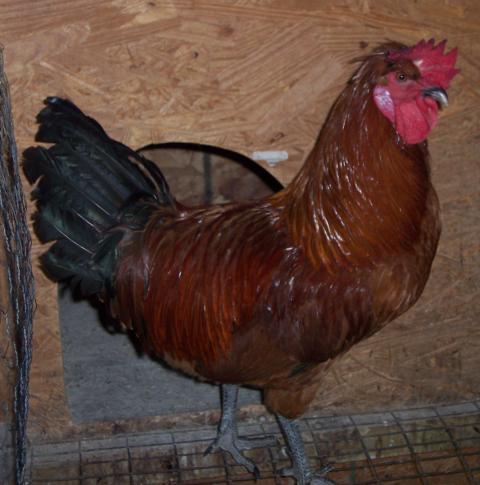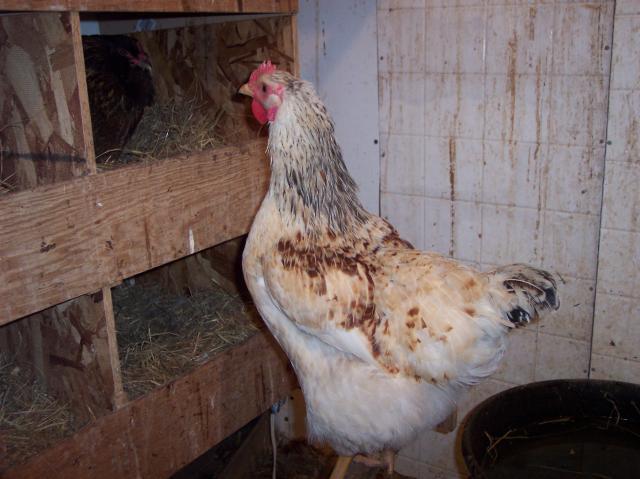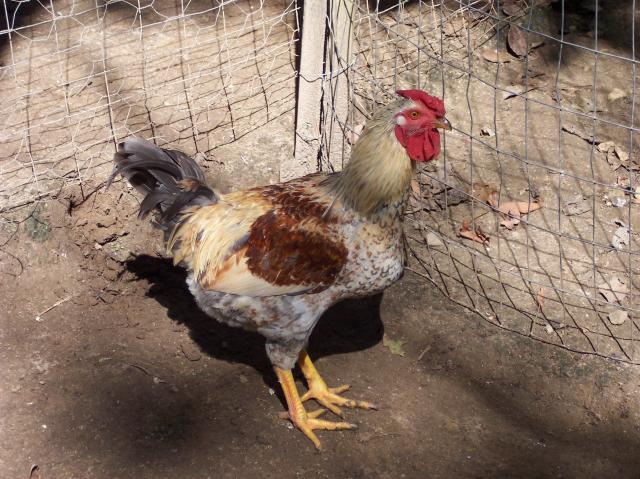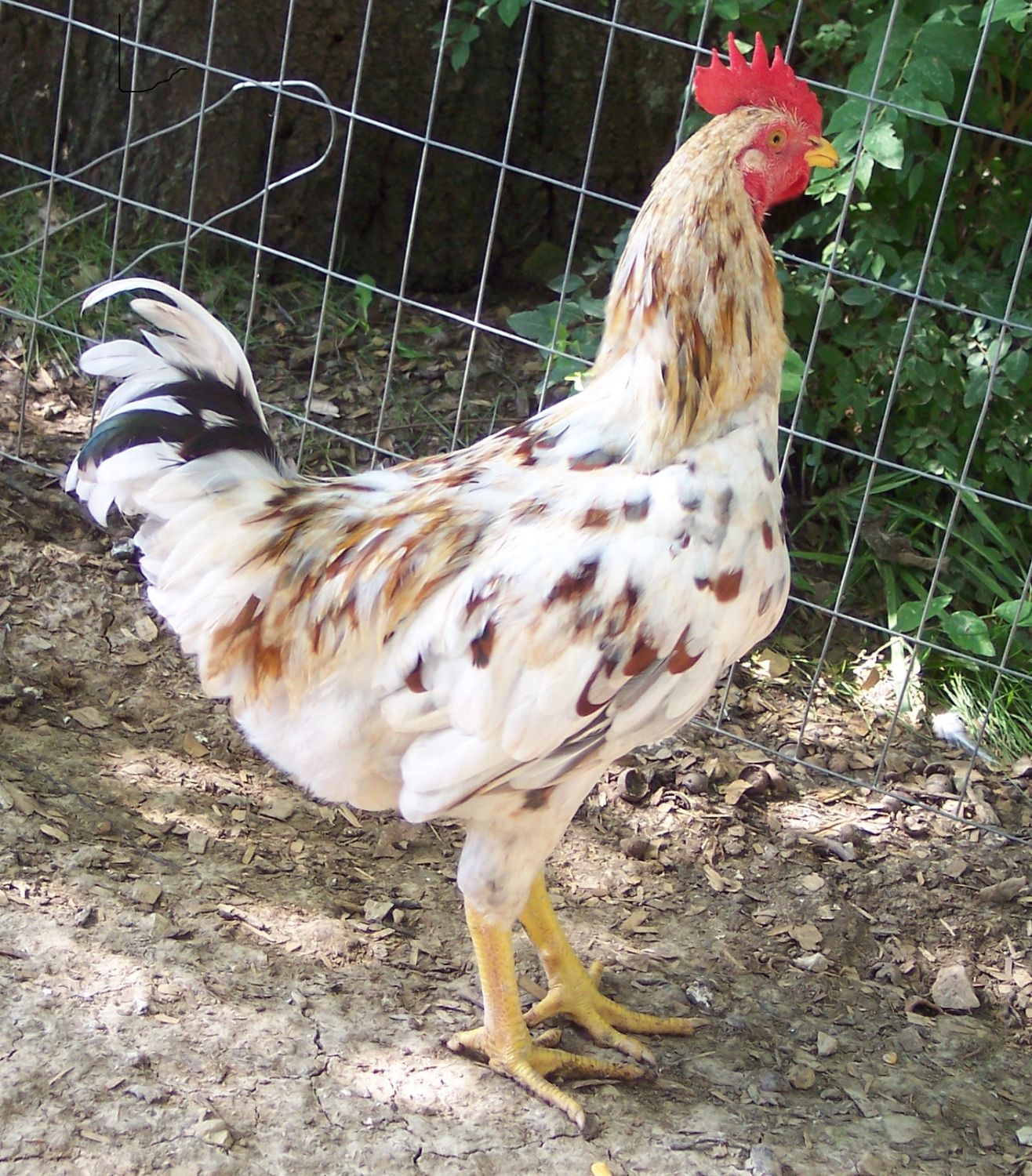Genetics 101
Yes, dark brown is a restrictor of black- it restricts black to certain areas of the bird. The Db gene at the cell level produces conditions that favor pheomelanin production. I believe there are multiple genotypes found in pumpkin Hulseys. The birds do not have one genotype as found in most APA standardized breeds. Some of the birds I have seen have columbian and dark brown expressed on a wheaten E locus phenotype. I know this because I produced birds like them. Others carry blue or dun. I have seen some that I believe carried dominant white or were blue splash, Too much variation to pin down one genotype.
Some individuals will say mahogany is carried by salmon faverolles but it is not found in the breed variety. The research by Smyth along with Brumbaugh and Hollander (no other restrictors carried) indicated the breast would be spangled. No mahogany in the salmon faverolle. Brumbaugh and Hollander produced spangling on mahogany wild type birds.
I believe autosomal red and the Dk gene cause the red in the salmon faverolle. Salmon faverolle carry a gene called Dk or dark which acts as a weak restrictor in wild type but also enhances the red color to a dark red in gold duck wing (wild type). In wheatens Dk produces the cinnamon color of favoralles and BBR (wheaten) cubalaya. see previous post for the Kimball reference
As I stated in an earlier post, I produced birds similar to the male below. There were two version a dark and a light version. I was not able to test mate the birds ( not enough space) but I believe both birds carried some combination of dark brown and columbian.
This is the dark version of the male I produced. I do not have a picture of the lighter version. The lighter version had very little black in the tail.
I worked on producing a dark red rhode island red and the breast color of the male below approaches the color of the males I produced. Research indicates RIR are mahogany, gold, columbian restricted and wheaten. But some antecdotal crosses I did produced silver females that had red on their backs (see picture below). This would may indicate that autosomal red is also found in RIR.
dark rhode island red
The breast on the male below looks like a rhode island red breast.
proposed autosomal red female
proposed autosomal red in a male (silver laced wyandotte (female) cross) my notes were incomplete on this cross but I believe this is an expression of autosomal red.
He looks like he has a blue tail but he did not. I did not have any males that carried blue at the time. You can see the expression of the pattern gene in his breast- the restrictors he was carrying ( most likely DB and Co) were were hypostatic to the melanotic expression in his pyle zone..
Tim

